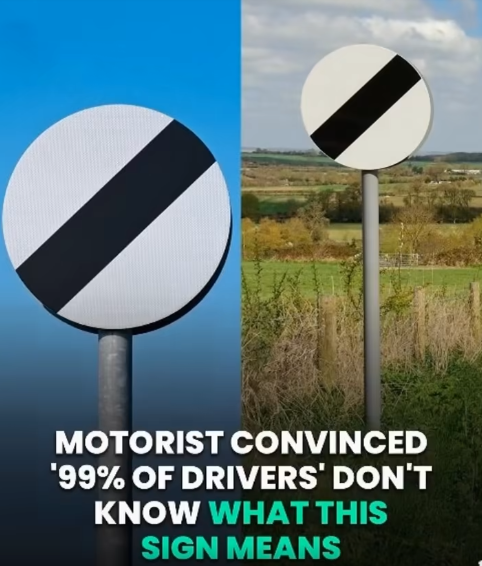Road signs are designed to communicate rules instantly, but one particular sign in the UK often has the opposite effect. The plain white disc with a single black diagonal stripe is a common source of uncertainty among drivers. This misunderstanding isn’t just a matter of theory test trivia; it has real-world implications for road safety. When drivers are unsure of the speed limit, it can lead to inconsistent speeds, hesitation, and potentially risky maneuvers.
The sign marks the point where the national speed limit begins. This is a key piece of information because it reverts the legal speed from a previously posted restriction to the standard limits for the country. For the average car, this means 60 mph on most non-dual roads and 70 mph on dual carriageways and motorways. However, a significant point of confusion is that these limits are not posted numerically on the sign itself, requiring drivers to recall the specific rules based on their vehicle and the road type.
Safety advocates stress that clarity on this matter is non-negotiable. Assuming the sign means “no limit” is a serious and dangerous error. Furthermore, drivers must remember that the national limit does not override the need for situational awareness. Adverse weather, poor visibility, or heavy traffic all demand a speed well below the legal maximum. Regularly refreshing one’s knowledge of road signs is a simple yet effective habit that promotes safer driving for everyone, making the roads more predictable and secure.


